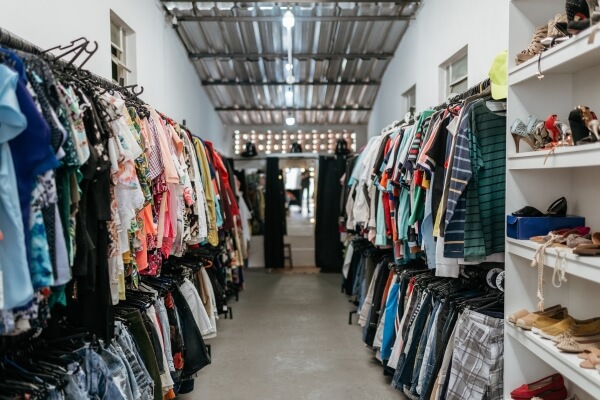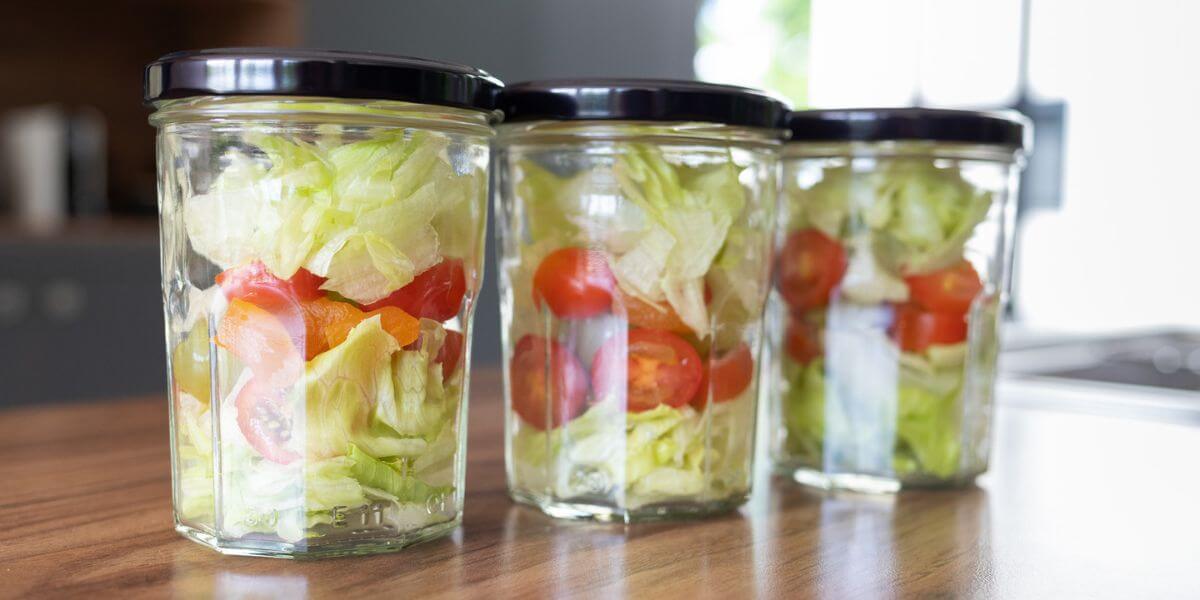REDUCE EMISSIONS, SAVE ENERGY, SAVE ON BILLS
One hot secret to an energy-efficient home
With the current rising cost of energy, households are looking for ways to reduce their consumption and bills. But did you know that focussing on your hot water system might be the secret to unlocking lower bills and carbon emissions? Sam Mullen explains.
The average Brisbane household emits 11.5 tonnes of carbon emissions every year. That’s the same amount of emissions as driving a car from Cairns to Melbourne and back again – three times! Thankfully, the Brisbane Carbon Challenge is helping thousands of Brisbane households understand their carbon footprint and the many ways to reduce emissions from home energy use, transport and waste.
On average, 47% of the average Brisbane household’s carbon footprint comes from home energy use, so this is a great place to focus if you want to lower your emissions. Also, with rising electricity and gas prices, reducing your energy consumption can go a long way for your household budget.
What does your hot water system have to do with it?
If you’re thinking energy, switching to renewable sources like solar power or GreenPower can significantly slash your energy-related carbon emissions. But if renewables are not practical (maybe you’re in a townhouse that doesn’t allow solar) or out of budget ensuring you have energy-efficient appliances is the next best way to lower your bills and emissions.
For the average Brisbane household without a pool, the hot water system accounts for 25% of the entire household’s energy consumption – this is comfortably the biggest energy guzzler in the home! So naturally, this is the best place to start making big gains in reducing energy consumption.

Where to start
If you’re in the market for a new hot water system, chances are you’re bearing the brunt of cold showers and want to install a new system ASAP! However, taking a few minutes to shop around for the right type of system can lead to big savings. Read below for information on different hot water systems and learn how a Brisbane family chose a hot water system that reduced their related energy consumption by 81%!
Electric
An electric hot water system uses a resistive metal that is heated up by electrical currents from a wire running through the metal. The heat from the metal transfers to the water in the tank – like how a kettle works.
Electric systems are relatively cheap to buy up-front but are expensive to run. Of course, if you have solar power, your electric system will be powered by the sun’s energy during the day, reducing your ongoing electricity costs and carbon emissions. However, if you don’t have a battery for your solar system, water heating during the night (like heating up the water tank after nightly showers) will still require fossil-fuelled energy from the grid, unless you are on a GreenPower energy plan. Alternatively, you might also want to consider installing a timer which means you don’t waste power boosting the hot water during the late night and early hours while you’re sleeping.
Gas
As the name suggests, gas systems require a connection to a gas supply which all households may not have. The water is heated by a burner igniting the gas as it enters the system.
Gas systems are generally more expensive than electric systems up-front. While they historically have been cheaper to run than electric systems, this isn’t necessarily the case anymore, as rising gas prices are also leading to higher ongoing costs for gas systems. Additionally, natural gas is a fossil fuel, so as it burns, it directly emits greenhouse gases into the atmosphere, contributing to climate change.
Instantaneous
Instantaneous or ‘continuous flow’ hot water systems don’t have a tank of water reserved for heating. Instead, as water is needed, it moves through pipes which heat up the water instantly. The technology is similar to an electric or gas system, depending on your chosen model.
Instantaneous systems are generally more expensive to purchase up-front. However, they don’t have to constantly keep a tank of water hot, so they require less energy and have lower ongoing running costs.
Heat Pumps
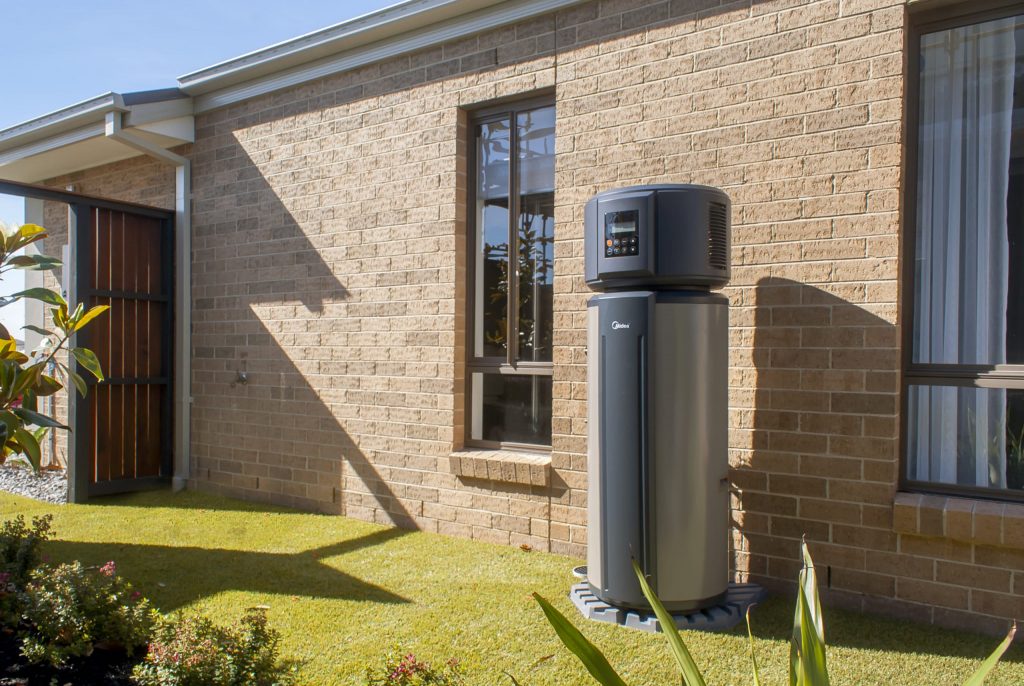
Heat pumps are the hot (pun intended) new thing in hot water systems. Heat pumps are a form of renewable energy that uses heat from the surrounding air – no matter the weather or the time – and uses that to heat up the water tank, similar to how air conditioning units work. While the pump is still powered by either an electric or gas system, heat pumps are the most energy-efficient option, as the Jacksons learned when they installed one in late 2021.
‘The numbers definitely speak for themselves’
Carly Jackson
Carly and Kent Jackson took the Brisbane Carbon Challenge with the aim of reducing their carbon emissions by 50% within a year. As shift workers with two kids, they needed low-carbon actions that wouldn’t require significant time investments and suited their round-the-clock energy usage, but still lowered their carbon emissions. So, after looking at their options, the Jacksons made their way through a low-carbon action plan which included replacing their electric hot water system with a heat pump. This helped the Jacksons reduce their emissions by an impressive 75% within the year!
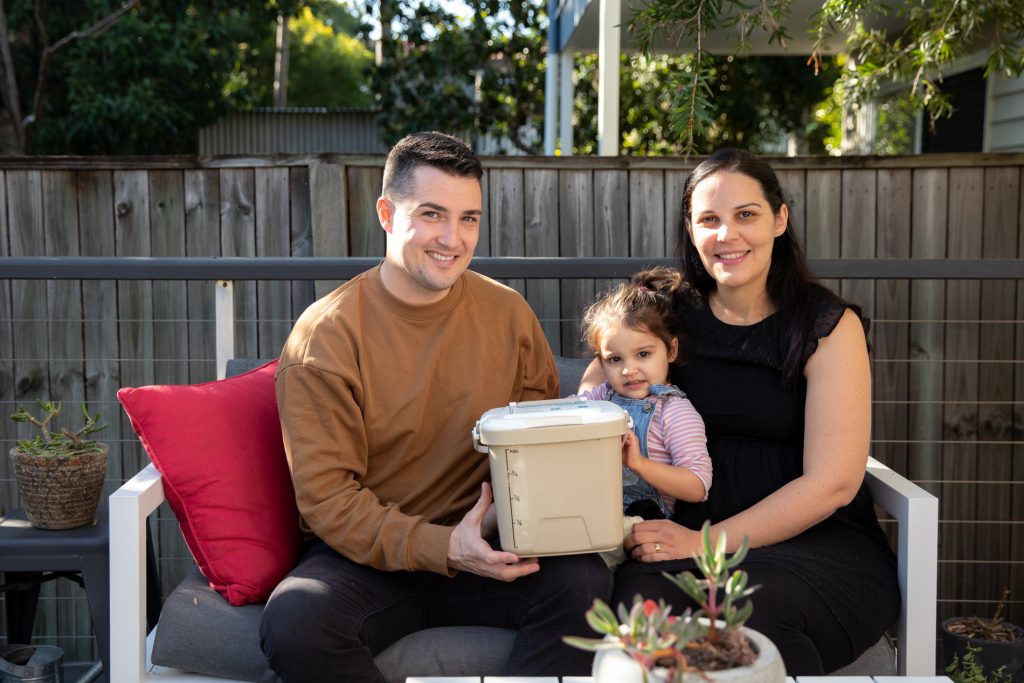
The Jacksons also use a PhiSaver Home Energy Monitoring System, which tracks their household energy consumption in real-time and can identify which specific circuit boards and appliances are contributing to the household’s energy consumption. With this data, the Jacksons were able to track the before and after of installing a heat pump and as Carly notes, ‘the numbers definitely speak for themselves‘:
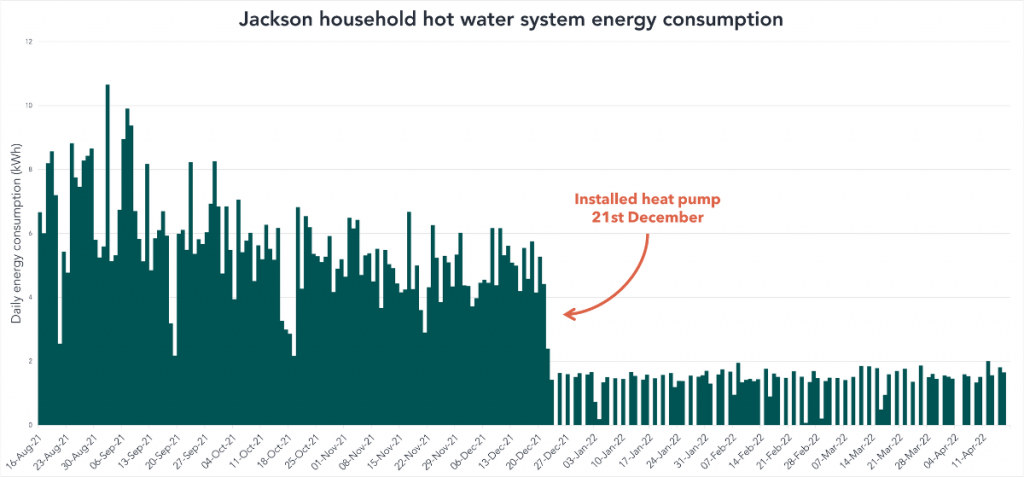
Installing the heat pump reduced the Jackson household’s hot water system energy consumption by 81%! In fact, in the four months before the installation, the electric hot water system was responsible for 35% of the household’s energy consumption and is now down to just 6%.
For the Jacksons, the heat pump couldn’t have come at a better time:
“[We’re] very happy we made the change, especially as power prices increase and our usage has been higher while I have been home more on maternity leave,” Carly notes.
Did you know you can get paid for purchasing a heat pump?
As it is a renewable technology, purchasing a heat pump is recognised under the Small-scale Renewable Energy Scheme. When you buy a heat pump, you can organise with the retailer to create ‘small-scale technology certificates’ (STCs) for your system, which can be sold and surrendered to the Clean Energy Regulator. In short, you can receive a significant credit or rebate on the up-front cost of your heat pump. It depends on the current market price, but this could be around 25% of the purchase price!
While heat pumps are sustainable and cheap to run, choosing a hot water system that suits your lifestyle, requirements and budget is important. If a heat pump isn’t your style but you’re still not sure, look at CHOICE’s hot water system buying guide and review of most reliable hot water system brands.
Save time and stress, the future you will thank you
Make a mental note now of which hot water system will be your next. Then bookmark this page and be ready to come back to it in the future. When your hot water system goes (approximately every 10 years), you’ll likely be in emergency mode and want a replacement quickly. it’s a common practice for hot water systems to be swapped like-for-like (e.g. if you have an electric hot water system, the easiest option would be to swap for another electric system). So by taking time today to understand your options, you’ll be in a better position to make a quick, informed decision when it matters the most to choose what’s best for your back pocket and the planet.
A quick tip!
When installing a hot water system, depending on your property’s flood risk, make sure to raise the system to above the expected flood level to protect it from future flood damage. Read this guide to flood resilient design for more flood resilience tips and advice.
So now that you’ve upgraded your hot water system, or know the best options, what’s next?
Taking the Brisbane Carbon Challenge is the best way to understand your carbon footprint and start your carbon-reducing journey. Use the online emissions calculator to estimate your household carbon emissions, compare it to the Brisbane average and start taking low-carbon actions thanks to the online resources and carbon-reducing actions list.
If you found the Jacksons’ story inspiring, read more about the champion households who reduced their carbon footprint by 56% on average thanks to the Brisbane Carbon Challenge. Start by taking small steps at home that can lead to big savings in emissions and bills.
The author

Sam Mullen
Sam is a sustainability specialist at Brisbane Sustainability Agency and enjoys helping residents and community groups understand and reduce their climate impact while also promoting a circular economy.



